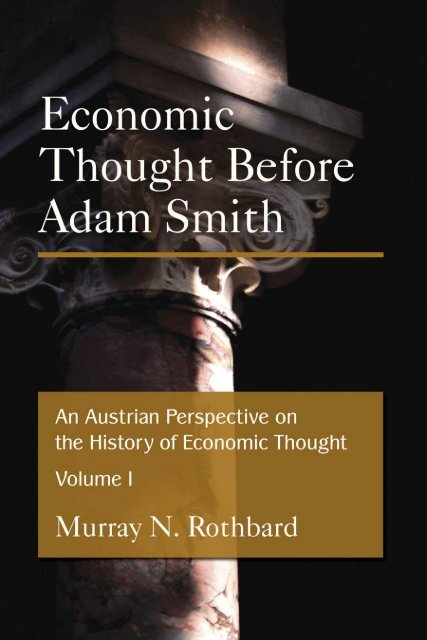
Title: Transitioning from Deficit to Progress: The Growth of Mathematical Education in England and Gresham College’s Impact
During the latter part of the sixteenth century, England significantly lagged behind its continental European counterparts in the field of practical mathematics. While neighboring nations progressed in navigation, cartography, surveying, and scientific tools—propelled by formal mathematical education—England remained entrenched in scholastic systems that offered scant regard for mathematics.
Although Europe had only recently started adopting broader mathematical education, it at least initiated the establishment of institutions, educators, and educational frameworks prioritizing arithmetic, geometry, astronomy, and related fields. In England, this evolution was conspicuously slow, with universities such as Oxford and Cambridge holding tightly to outdated curricula that lacked dedicated mathematical positions until deep into the seventeenth century.
Early Progress in Continental Europe
For many centuries, mathematical education across Europe was predominantly linked to the quadrivium (arithmetic, geometry, music, and astronomy), a cornerstone of the medieval liberal arts. Nevertheless, instruction was typically superficial, and schools did not elevate mathematics as a recognized discipline with dedicated teaching roles.
It wasn’t until the Renaissance and the Humanist movement advocating for a more broadly educated populace—driven by practical requirements in medicine, astronomy, navigation, and trade—that chairs of mathematics began to emerge in continental institutions. Universities in Northern Italy and Krakow were at the forefront, introducing mathematics through astro-medical education. The University of Vienna evolved into an early hub for mathematical scholarship with notable figures like Georg Peuerbach and Regiomontanus in the mid-fifteenth century. Although they weren’t formally designated as mathematics professors, their contributions laid the foundation for Vienna’s resurgence led by humanist Conrad Celtis in the 1500s, which included actual academic appointments in mathematics.
Germany saw its first mathematics chair established at Ingolstadt University in 1472. This initial spark was carried forward by Gemma Frisius at the University of Leuven in the 1540s, where he mentored Gerard Mercator, one of history’s most renowned cartographers.
Simultaneously, Protestant reformer Philipp Melanchthon, inspired by astrologer Johannes Stöffler, incorporated mathematics into educational systems throughout Lutheran regions. On the Catholic side, Jesuit Christoph Clavius undertook a similar endeavor around the late sixteenth century, transforming Jesuit institutions into hubs of mathematical scholarship.
England’s Prolonged Stagnation
In stark contrast, institutional progress in the mathematical sciences within England was exceedingly gradual. Oxford and Cambridge remained ensnared in scholastic structures with little space for novel subjects. It was not until 1619 that Henry Savile, who had been educated in continental methodologies, financed the establishment of the first mathematics chairs in astronomy and geometry at Oxford. The Lucasian Chair of Mathematics at Cambridge would only be founded in 1663, due to Henry Lucas’s endowment.
As late as 1701, John Arbuthnot could still express his dismay over the utter lack of mathematics in England’s grammar schools in his essay An Essay on the Usefulness of Mathematical Learning.
The Contributions of Individual Trailblazers
Amidst the institutional delays, individual English academics took it upon themselves to seek out mathematical knowledge. Thomas Allen, affiliated with Trinity College and Gloucester Hall in Oxford, was among the few advocating for the mathematical disciplines. He worked with John Dee, who had studied under Frisius and Mercator in Leuven, becoming an essential navigator and cartography advisor.
Thomas Harriot, largely self-educated, utilized his mathematical skills in service of Walter Raleigh’s maritime ventures, while Dee aided similar initiatives through the Muscovy Trading Company. Their unofficial educational initiatives underscored England’s urgent need for structured instruction for nautical and commercial objectives.
In response to this educational shortfall, the private nomination of Thomas Hood as “Mathematicall Lecturer to the City of London” occurred in 1588. Although his lectures were brief and had minimal influence, they represented England’s inaugural organized effort to publicly educate individuals in mathematics, especially in navigation and trade.
The Establishment of Gresham College: A Pivotal Moment
The most significant institutional advancement arose posthumously from Sir Thomas Gresham (c. 1519–1579), a prosperous merchant and financial adviser to English royalty. Having climbed through the ranks of mercantile and royal employment, Gresham stipulated in his will the foundation of a college in London intended to deliver regular public lectures in subjects forsaken by conventional institutions.
Following his death, Gresham’s legacy financed the establishment of Gresham College in 1597, recognized as London’s inaugural institution dedicated to public higher education. The college’s hallmark features were revolutionary for the era:
– It provided free public lectures across various fields: Divinity, Astronomy, Geometry, Music, Law, Physic, and Rhetoric.
– Distinctively, it mandated that lectures be conducted in English—thereby making them accessible to London’s merchant and maritime community